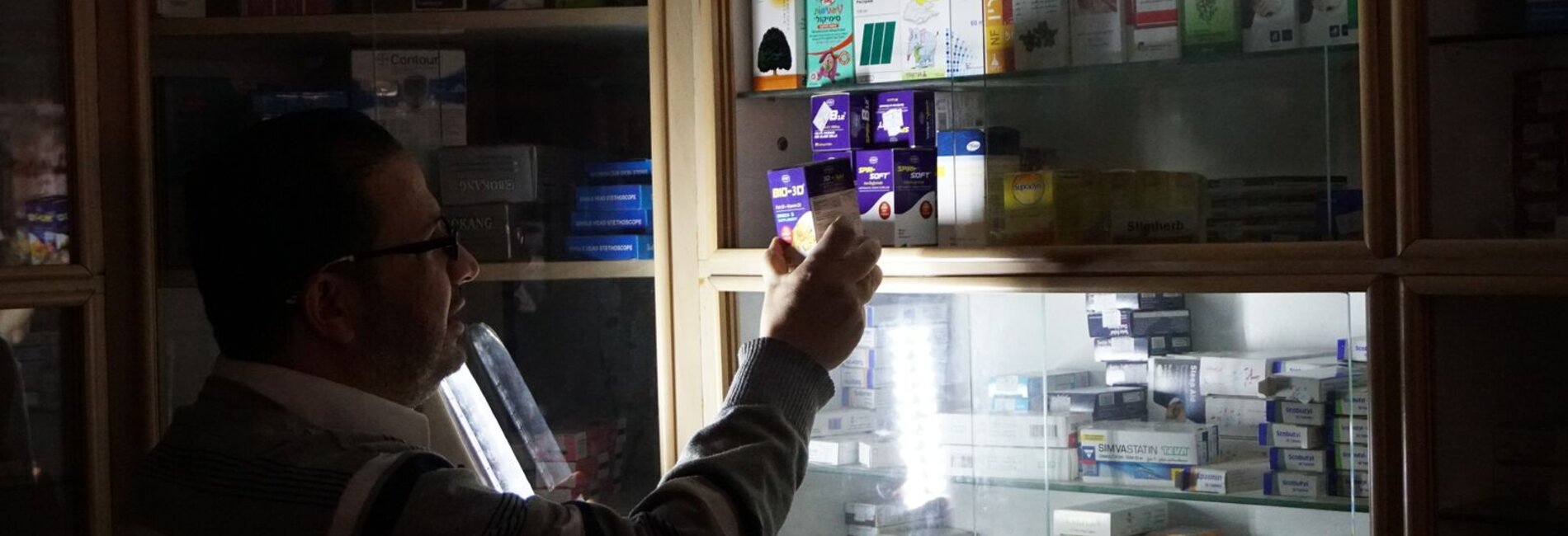Overview: April 2017
The humanitarian vulnerability of Gaza’s population has been exacerbated by recent developments, which deepened the internal Palestinian divide, ongoing since the takeover of the Gaza Strip by Hamas in 2007. In March 2017, Hamas established a parallel institution to run local ministries in Gaza, a step seen as a direct challenge to the Palestinian government in Ramallah. In April, the Palestinian government reduced payments to thousands of public employees in the Gaza Strip. Subsequently, the failure to resolve a longstanding dispute between the two Palestinian authorities on issues related to tax exemption for fuel and revenue collection from electricity consumers, resulted in Gaza’s sole power plant (GPP) being forced to shut down completely. Compounded by a halt in the electricity supply from Egypt due to malfunctioning lines, this has triggered electricity blackouts of 20-22 hours a day.
This Humanitarian Bulletin details the impact of the current electricity crisis on health, water and sanitation services, against the backdrop of the continued Israeli blockade. Despite these difficulties, the main service providers have maintained a minimum level of operations thanks to emergency fuel provided by humanitarian agencies for backup generators. However, unless the GPP resumes operations, or additional funding for emergency fuel is provided, the fuel reserves at most facilities will be exhausted by the end of June. This will have severe consequences, including a halt to 40 surgical operation theatres, 11 obstetric operation theatres, five haemodialysis centres and hospital emergency departments assisting almost 4,000 patients daily. It will also reduce the water supply for most of the population to once every four days. The situation may deteriorate even further if, as media reports indicate, the Palestinian government stops covering the cost of the electricity purchased from Israel, now the sole source of electricity in Gaza.
This Bulletin also highlights reports by Palestinian farmers in Gaza about Israeli practices that undermine their agricultural livelihoods in Access Restricted Areas (ARA) near the perimeter fence with Israel. These practices include aerial spraying with chemicals that kill or inhibit the germination of newly-planted seeds, regular warning or direct fire at farmers approaching the area and the levelling of land on the Gaza side of the fence. In early May there was a positive development when Israel temporarily extended the permitted fishing zone along part of Gaza’s coast from six to nine nautical miles for the current sardine season.
Policies that affect agricultural livelihoods are also an ongoing concern in the West Bank, as described in two sections of this Bulletin. One section focuses on further restrictions imposed by the Israeli authorities on access by farmers to their agricultural land isolated by the Barrier. In recent months there has been a tightening of the requirement from Palestinian farmers to own a minimum amount of land to be eligible for an access permit, as well as restrictions on the operation of agricultural gates in the Barrier.
Agricultural livelihoods are also affected by the confiscation of Palestinian land to build bypass roads serving primarily Israeli settlers. This Bulletin features the case of An Nabi Elyas village, east of Qalqiliya, where the ongoing construction of a bypass road on its land has resulted in the expropriation of farming land and is also expected to affect the village’s commercial activities. In a positive development, this month the Israeli authorities pre-approved an outline plan for this village in Area C that would protect existing homes and businesses from the risk of demolition and would allow for additional development.
April ended amid concerns over the deepening energy crisis in Gaza and rising tension in the West Bank due to a hunger strike started on 17 April by more than 1,000 Palestinian prisoners held in Israeli jails to protest against their conditions of detention. Their demands include an end to solitary confinement and administrative detention (detention without charge or trial), an increase in the frequency and length of family visits, and improved medical care. Widespread protests across the West Bank in solidarity with the prisoners’ strike ended in clashes with Israeli forces and increased Palestinian injuries.










